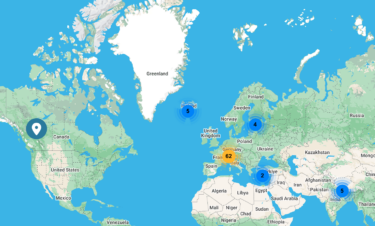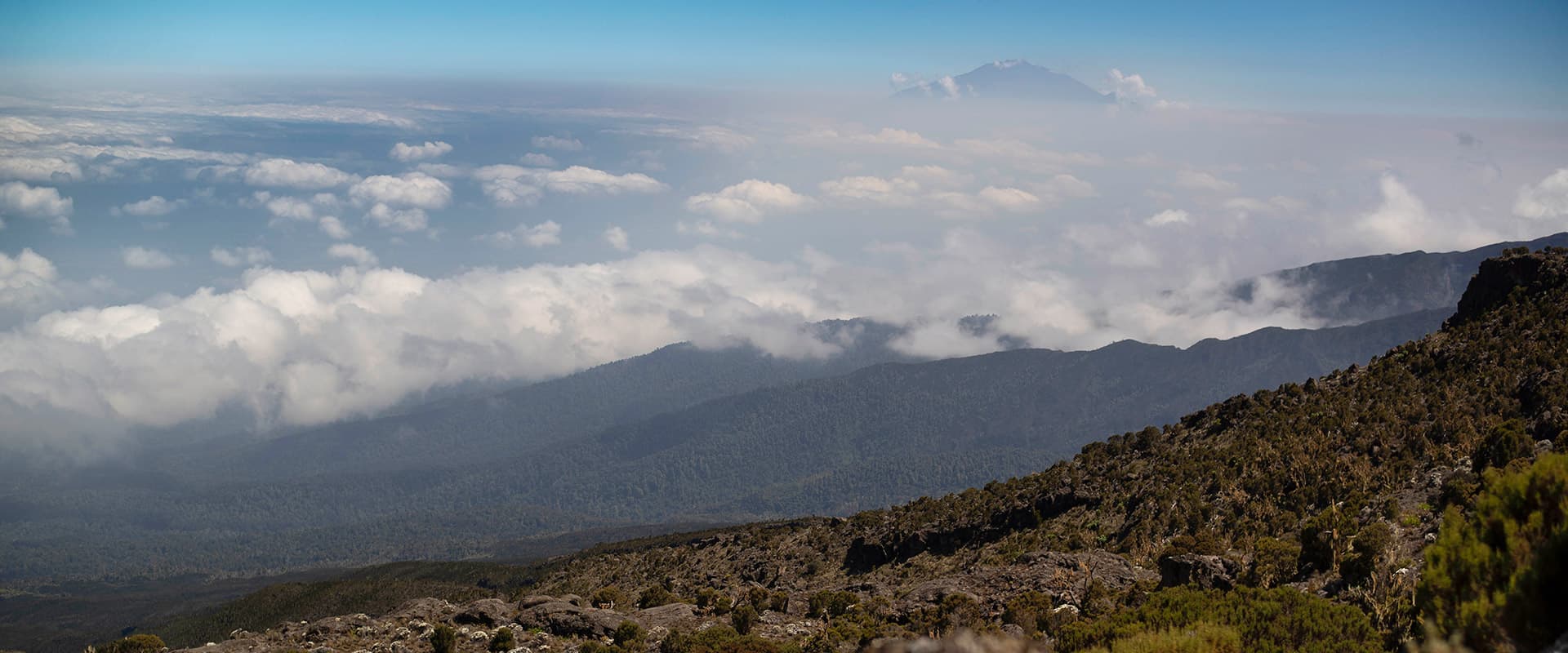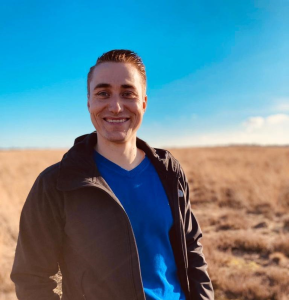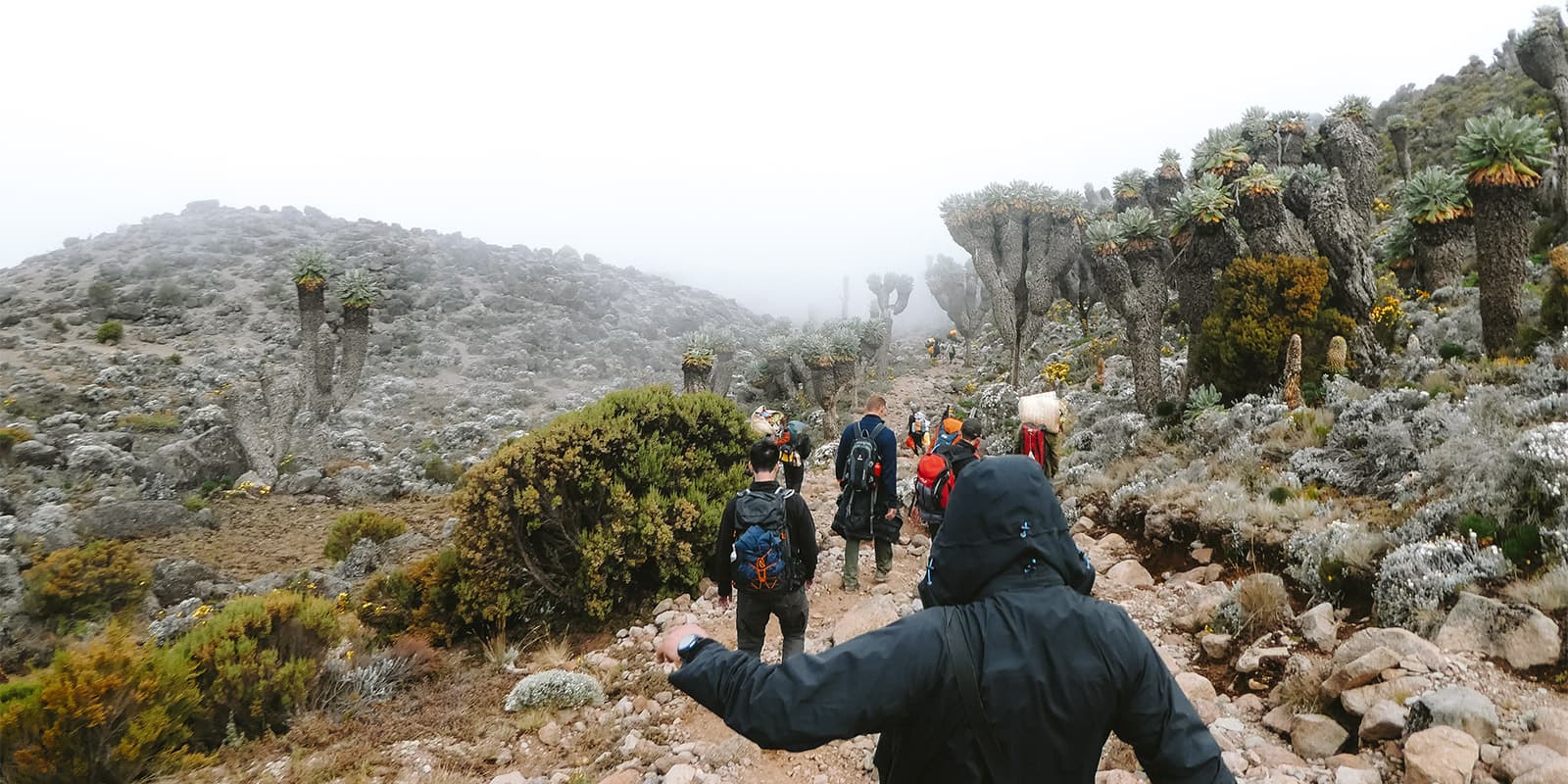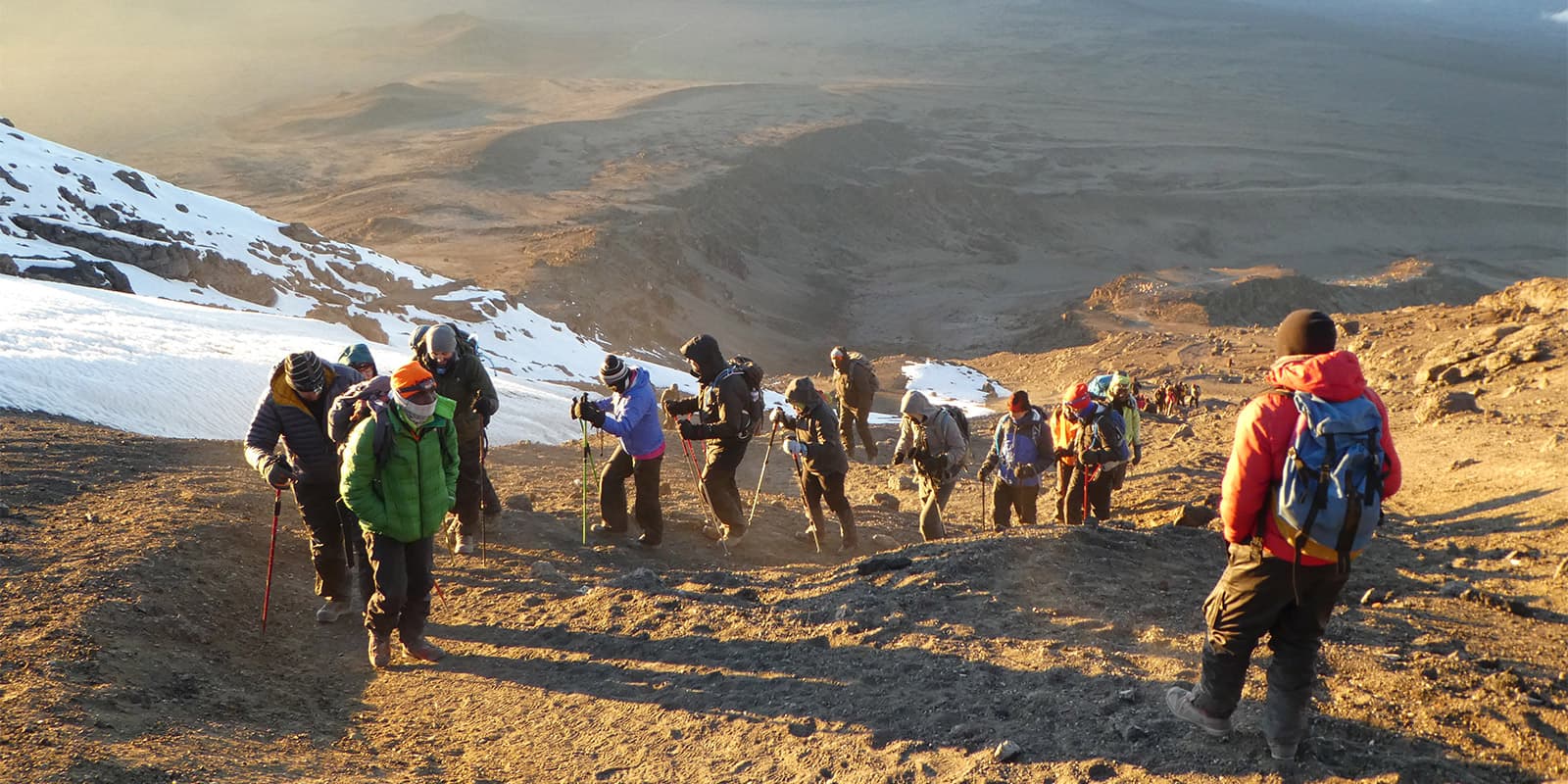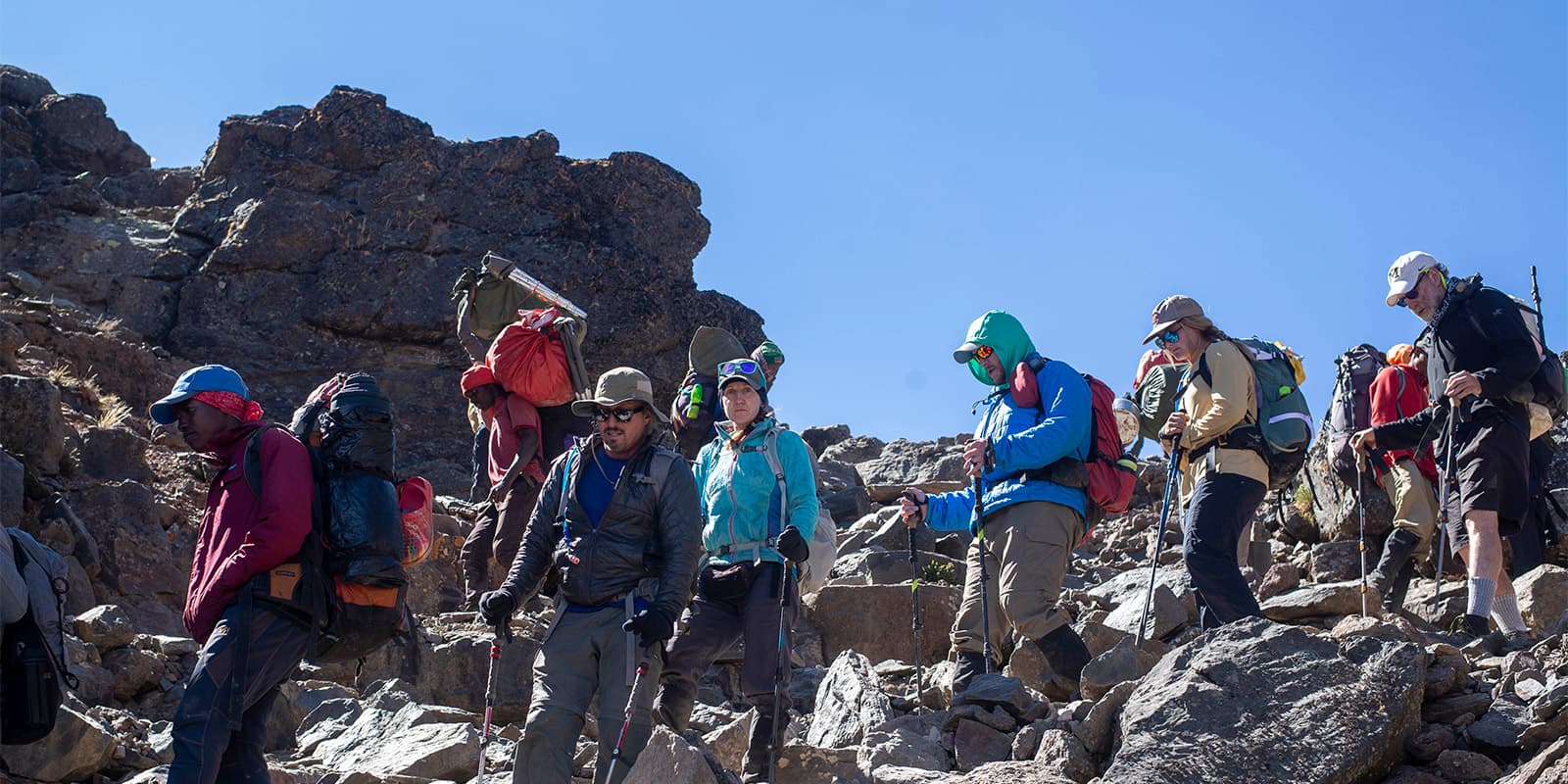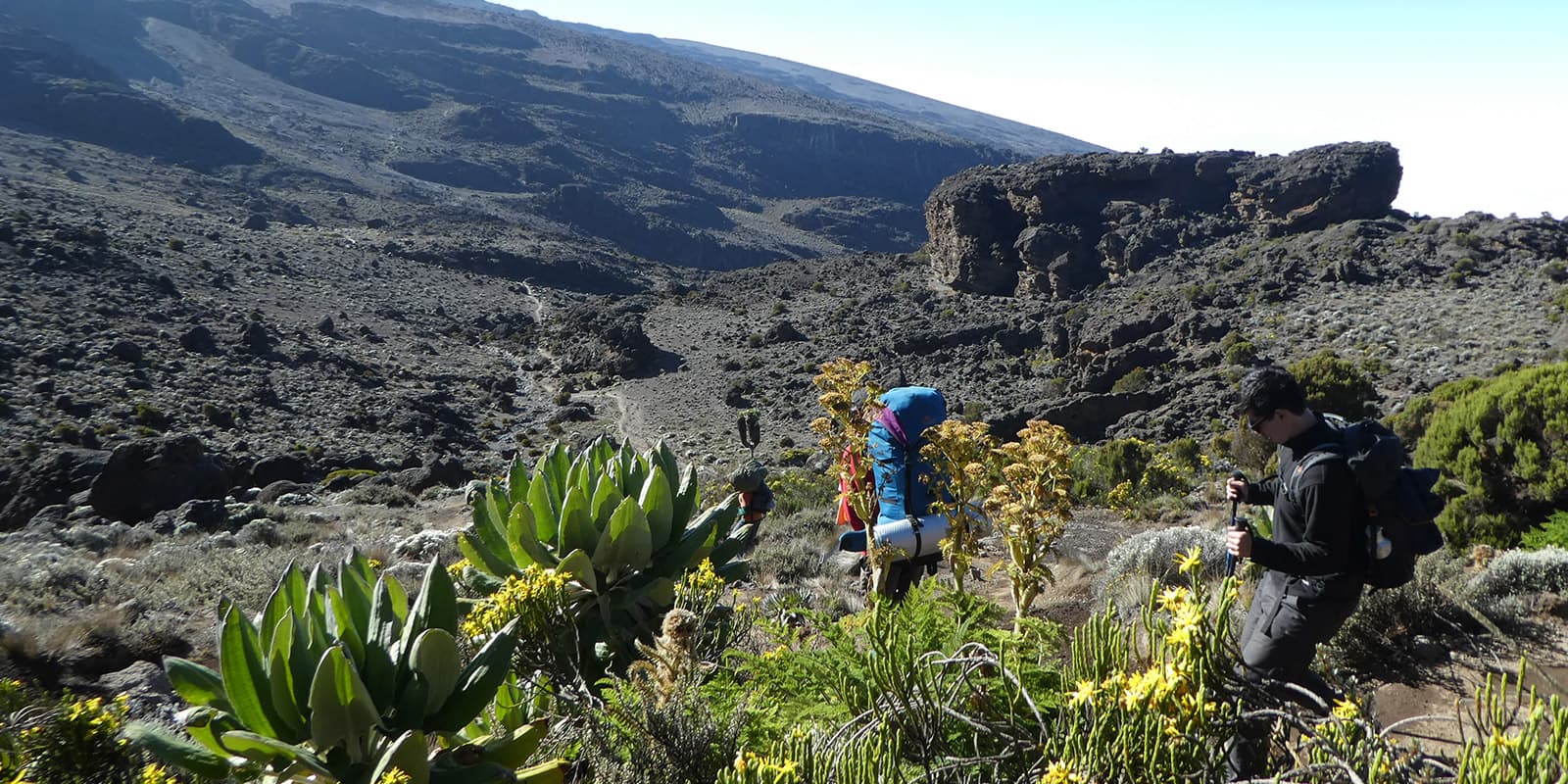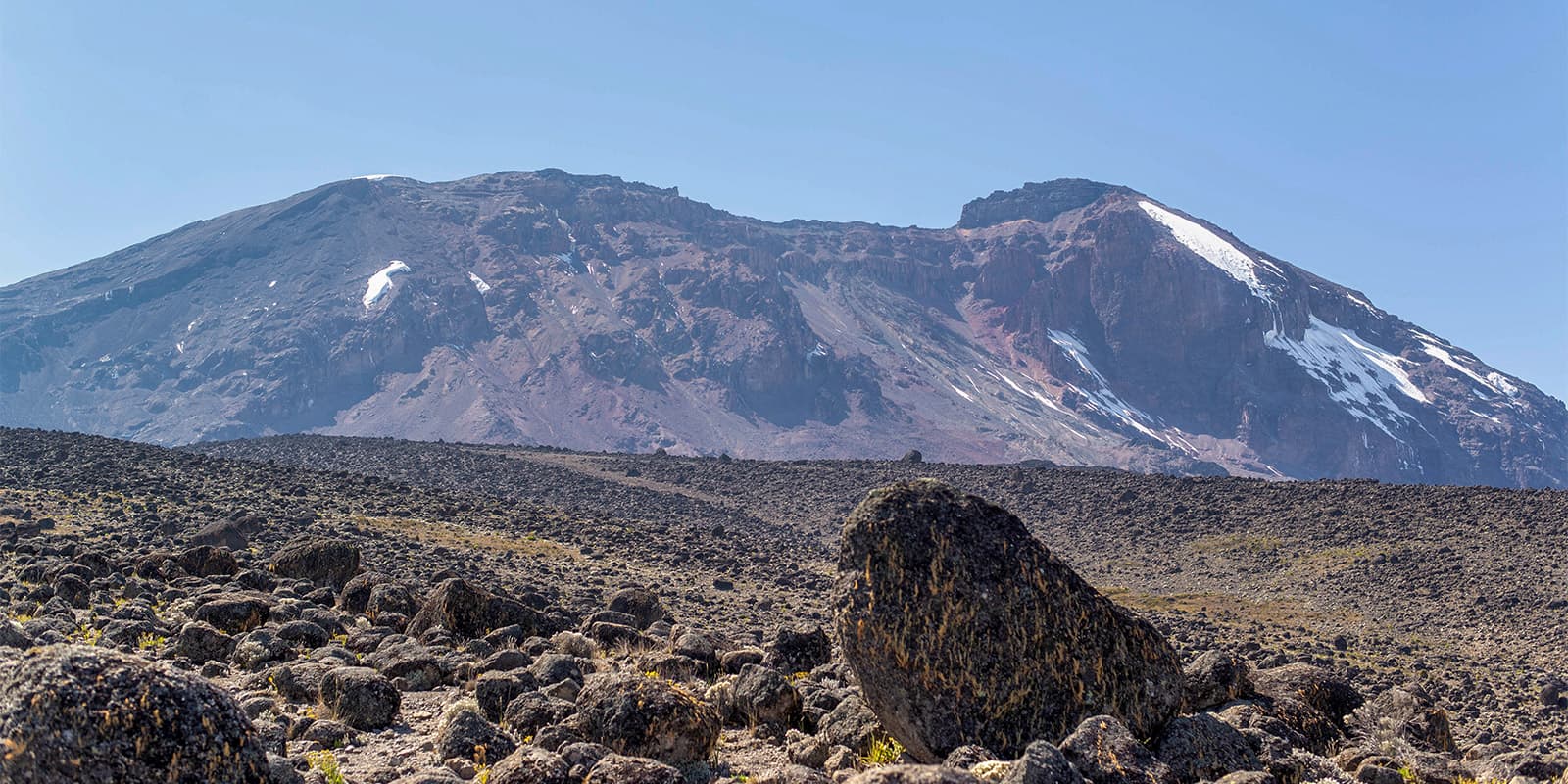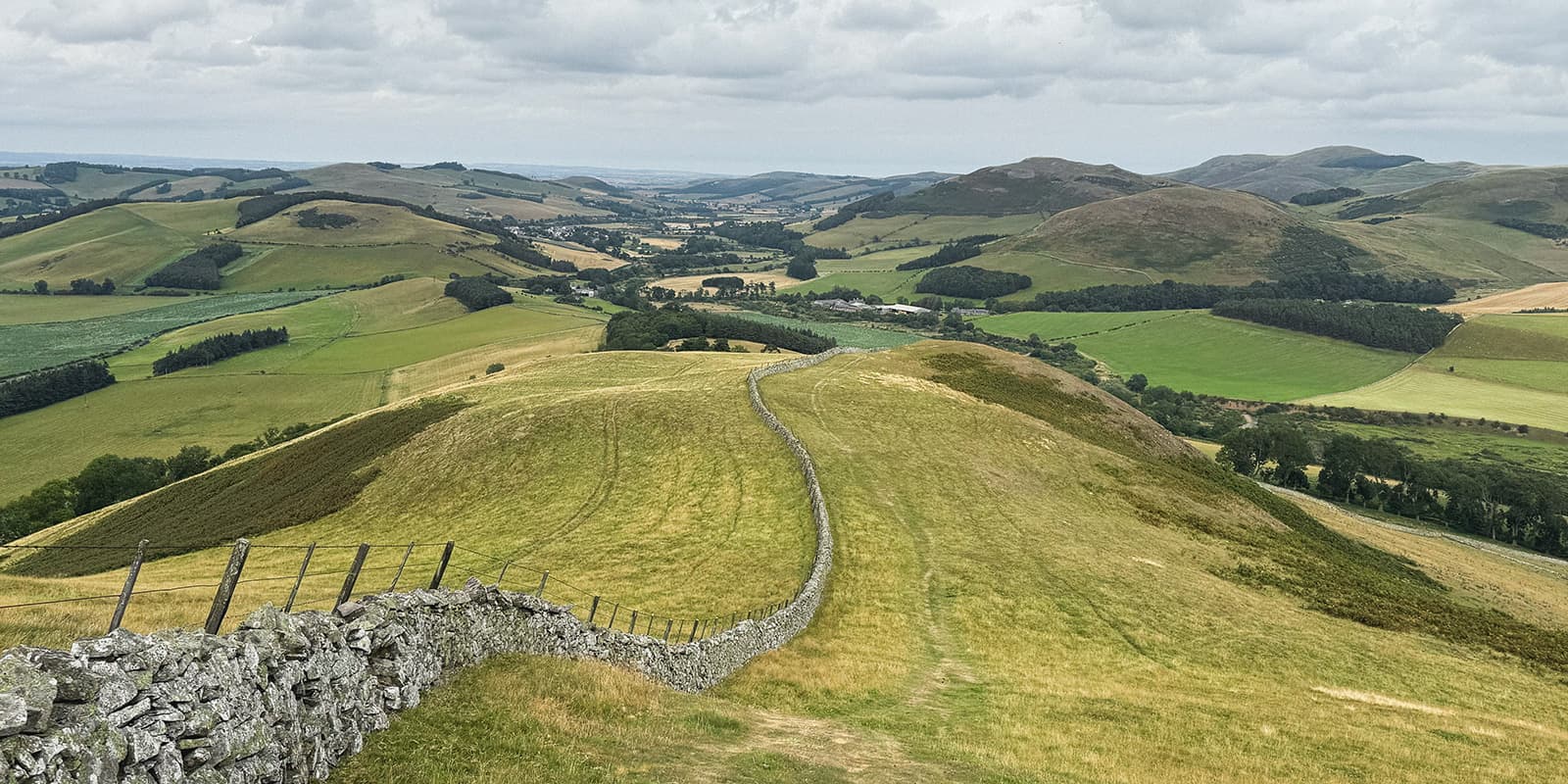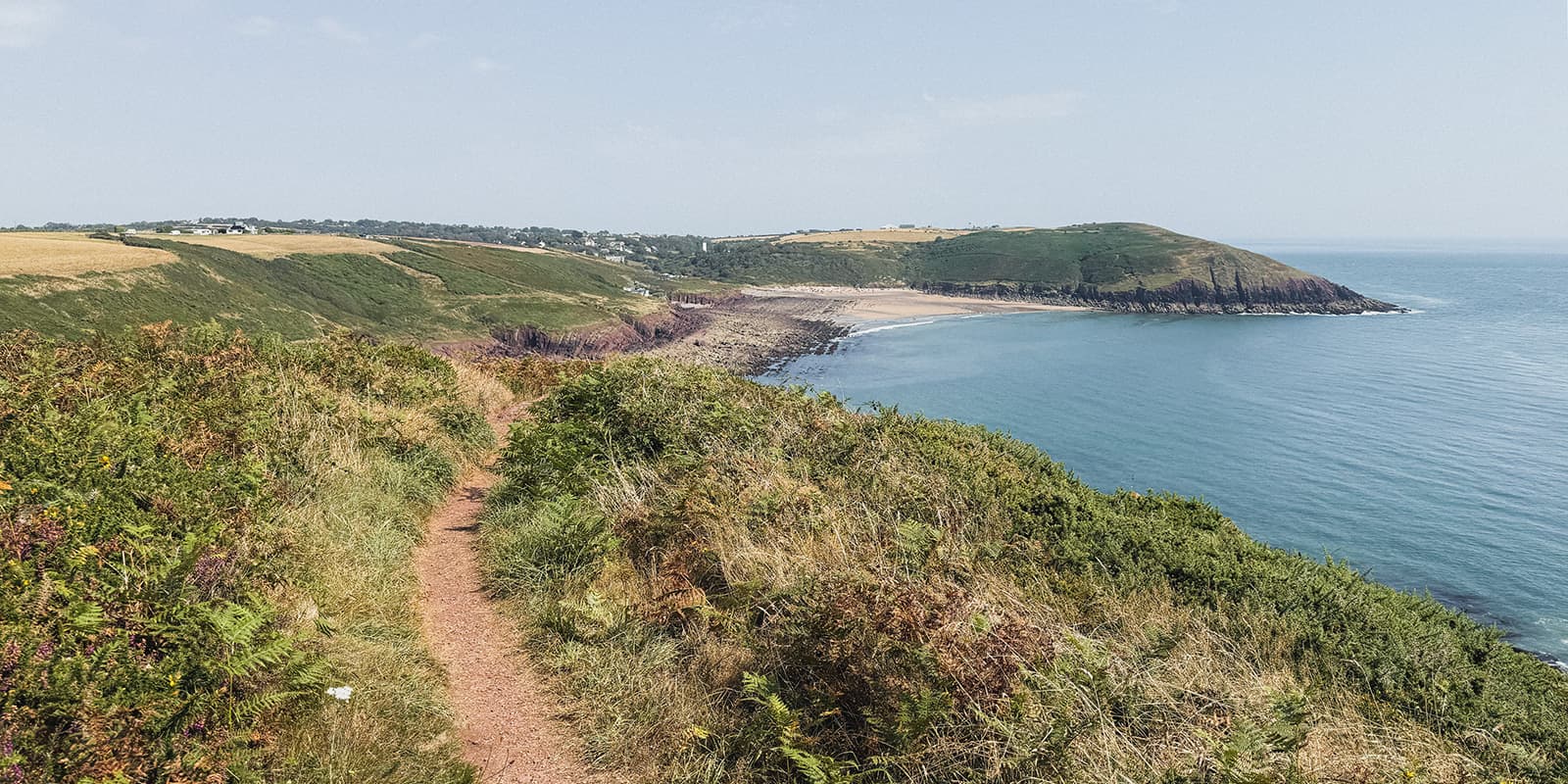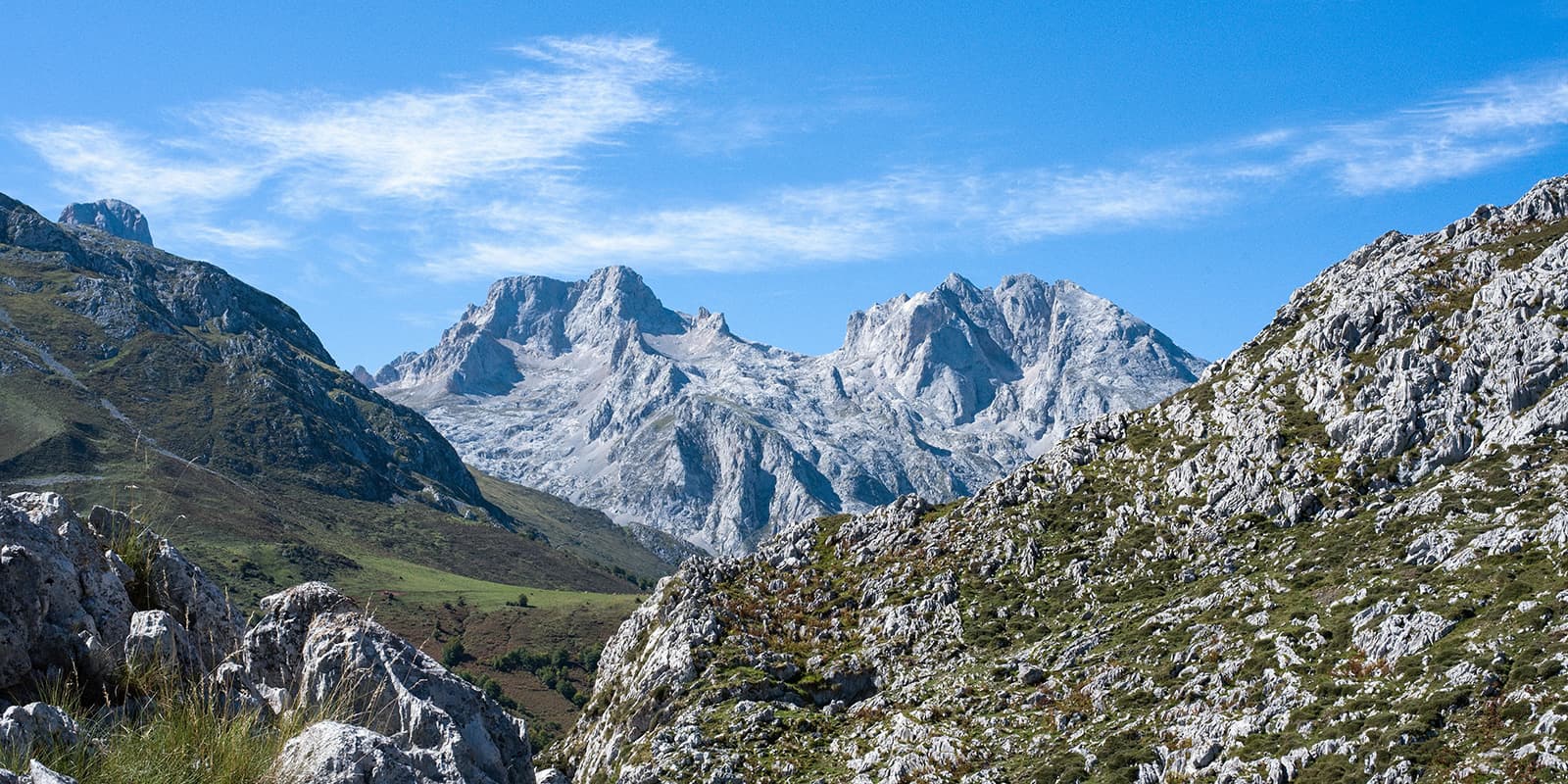The Lemosho Route – Kilimanjaro is a spectacular and less-crowded trail leading to the summit of Mount Kilimanjaro. It is a once-in-a-lifetime hike through 5 different ecological zones and breathtaking landscapes. Approximately 71 kilometers, this route is loved for its strategic approach to mountain ascent and acclimatization opportunities.
Distinguished from its Machame route counterpart, the Lemosho route is considered more gradual and scenic, and thus longer. The Machame route is generally steeper and more physically demanding, often considered a better choice for experienced climbers.


